Lower Vurra: From food basket to food casket
Highlights
- The available land mass is evidently inadequate to support food production and the growing population
- Predictably definite seasons. Most farmers knew that there were two seasons in a year; dry season and wet season
- Calamity befell agriculture and food security when young-energetic men decided to become roadside puppies
By Avini Jimmy
Man by nature lives in a shell (called the body) that requires to be replenished unconditionally. The importance of food to this body cannot be over stated, either by feeling or by knowledge to a person who lives or has lived in Lower parts of Vurra County in Arua district.
And so, over time, the lower parts of Vurra had played instrumental role in producing enough food from the farms. Unfortunately, this pride is slowly slipping off, with eminent catastrophic results.
In bid to digest the tilt from basket to casket, I will endeavor to offer a number of factors that had that luciferous hand in this tilt.
In the past, there was right attitude towards agriculture. Farming was exciting. The test for a good wife material, and a good husband material for that matter was by how organized the teenager was in the farm.
A young man with his own fields of mostly food crops, equally having his own granaries besides that of the parents was indeed the desirable man to marry to most ladies.
This positive attitude itself was source of security to the young ladies in as far as food security was concerned. Instead of the present-day young ladies looking at the bank accounts of the would-be suitor, their counterparts of 1980s and 1990s capitalized on this farming aspect.
Localisation of the issue
The same qualities had a bearing on a good wife material as viewed by the then young men. In dire lamentation, we have now degenerated into asking numerous questions as; how did we get here? Shall we ever re-attain the past glories? The search for answers to these questions only leaves us with beard-scratching sessions.
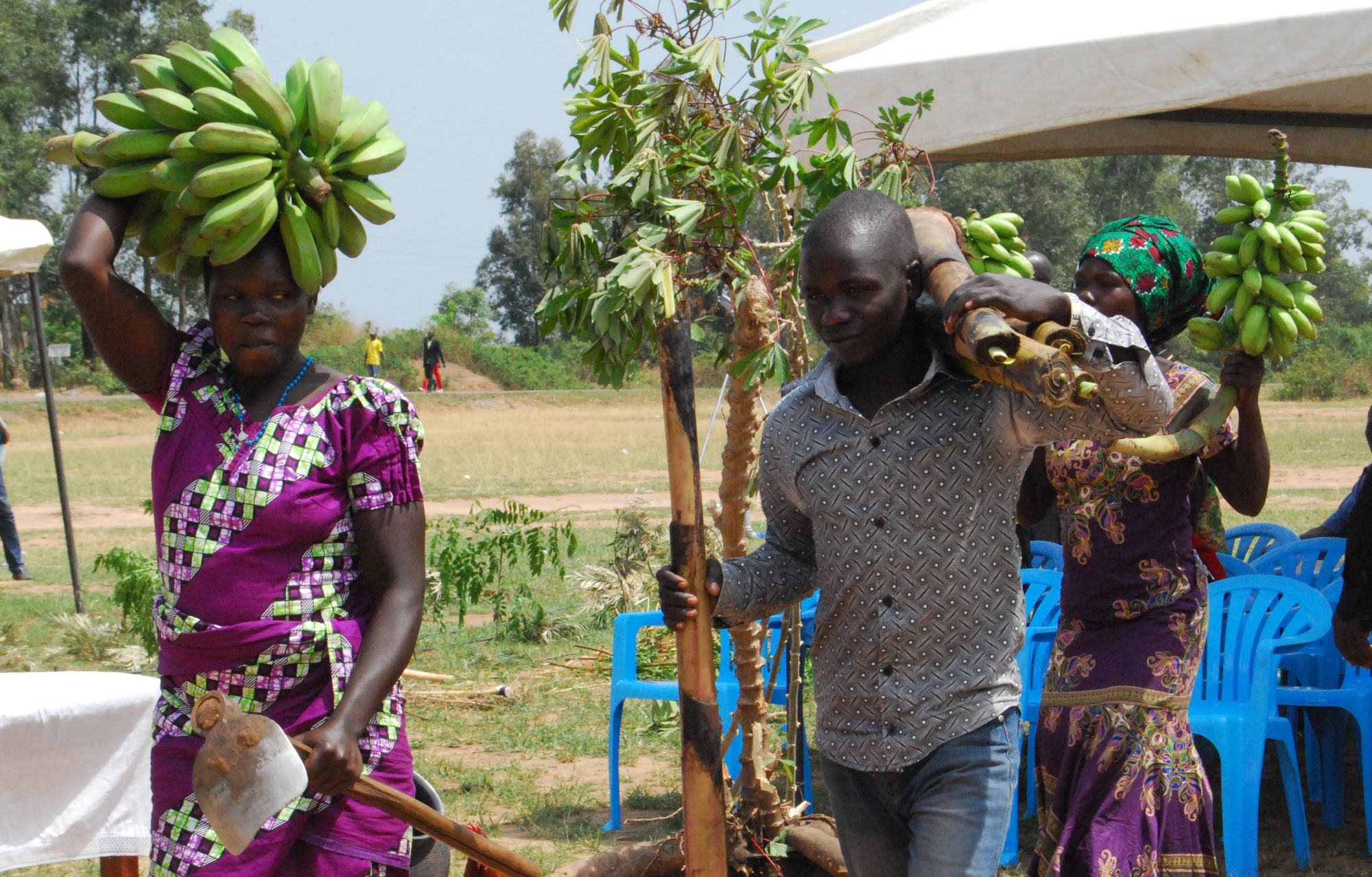
Farmers carry some of their products at Vurra Sub county during an exhibition by RICE-WN
In this current situation, commercial farming is now left for the rich who have bought acres of land in lower Vurra, hence relegating the locals to fragmentation. Lower Vurra Sub counties include Ajia and Arivu Sub-counties that are endowed with loamy soil, suitable for farming. I now explain the situation as below:
Right and adequate labour force. Tilling the land was a duty of men with defined masculinity. The women would follow in harrowing and weeding particularly where plucking of the weeds was the methodology.
Calamity befell agriculture and food security when young-energetic men decided to become roadside puppies. Sights of women in the fields, clutching babies by their sides like handbags, while struggling to dig are now such a tear-dropping marvels in the gardens.
Pitiable situation
Driving on the roads crisscrossing the lower parts of Vurra, one does not miss the sights of miserably dressed young men, swinging on the ropes tied on poles by the roadside, looking for free monies.
These alcohol-swallowed young men, who bathe only when rain touches them regrettably, have insatiable appetite for food, voraciously descending on food at the slightest opportunity.
They carry these appetites that do not know how food is produced, with them the whole day, only to come home like a poisoned-dog, roaring on the wife in search for ready food. The irony is that, their fertility rates are directly proportional to their laziness pods. But, we cannot blame them either.
Right from their dress codes, the trousers (pants) are always freely falling, requiring them to continue holding so that the trousers do not fall (call it balancing). The same hands that are supposed to firmly hold the hoe handle are permanently employed to hold these swinging pull-down trousers; how would they dig?!
Key issues
Solid landmass as opposed to deeply fragmented land due to indiscriminate land sales. Owing to laziness and desire to get rich quickly at the slightest efforts, these young men have fragmented and sold off all the land to interested buyers.
The available land mass is evidently inadequate to support food production and the growing population. What is however frustrating is that the young men in this part of Vurra sell land for; marrying new wives, funeral obligations, need to eat meat, quick money, buying crickety-carcass of a machine called motorcycle, among others.
This vice of indiscriminate land sale is totally a new phenomenon, which was absolutely alien in the 80s and 90s. Land was readily available then. It would be easy and possible to practice the best farming methods learned in class; such as fallowing, crop rotations among others. The present status cannot allow this.
Climate change factor
Predictably definite seasons. Most farmers knew that there were two seasons in a year; dry season and wet season. Rains would start coming in the month of March till June. June would be punctuated with days of sunshine and light rains, but it was generally a dry month.
Rains would then come in the month of July, peaking in the months of August and September. October would be a transition month between the rain season and the scorching sunshine of November to February.
These were definite patterns, notwithstanding a few hiccups commonly and falsely attributed to rainmakers.
Rains come when we do not need and in annoying quantities. The sun is even determined to roast any object standing in it. The local meteorologists are forced to lie in bid to offer weather predictions.

Bunches of banana displayed for sale in Vurra in Arua district.
Right and viable seedlings Vs the GMOs. All our crops were the local varieties, which were utterly resistant to any nonsense of adverse weather. Science came, to ‘offer solutions’ to crop yields by introducing albino-varieties (GMOs).
The scientists always forget that the experiment that lead to these scientifically desirable varieties is done in controlled environment, which practically is not the case in the open-field.
The promotion of GMOs is done at the expense of our tested local varieties, not talking about the general taste of these crops yet.
Clear contrast between cash crops and food crops. This part of Vurra was known for massive production of high-quality tobacco. The well-attended tobacco field would usher in the millet, which would welcome the groundnuts and cassava subsequently.
The beans, sorghum, simsim and other food crops would equally attract the much-needed attention at their right time. The present time is for fidgeting between growing for commercial purposes and for subsistence.
Even as a few Assistant – Deputy – Vice RDCs and RCCs struggle to hinge the socio-economic transformation to agriculture, they have utterly failed to decipher between agriculture as a means and agriculture as the need. Their continuous emphasis on this subject with political inclination, baked in self-exaltation is itself a graveyard to agriculture.
Right government policies Vs the tokenism extravaganza. The present-day government programs towards agriculture are either a bankrolled envelope to reward the NRM cadres, or an attempt by the government to be seen working.
In most cases these programs are ill-researched and ill-fated. Most of them are replicas of previously failed programs, coming in new names. Etandikwa – Bonawagagawale – Operation wealth creation – PDM – etc. Sloganeering has proven to be the most detrimental path toddled by the government.
These factors offered I have labored to offer here above are a tickle enough to the reader’s expounding potential. A fed generation is a healthy generation. We must not joke about any stage of production of this much-needed food.
The writer is a Taxpayer in West Nile
+256(0)782720720



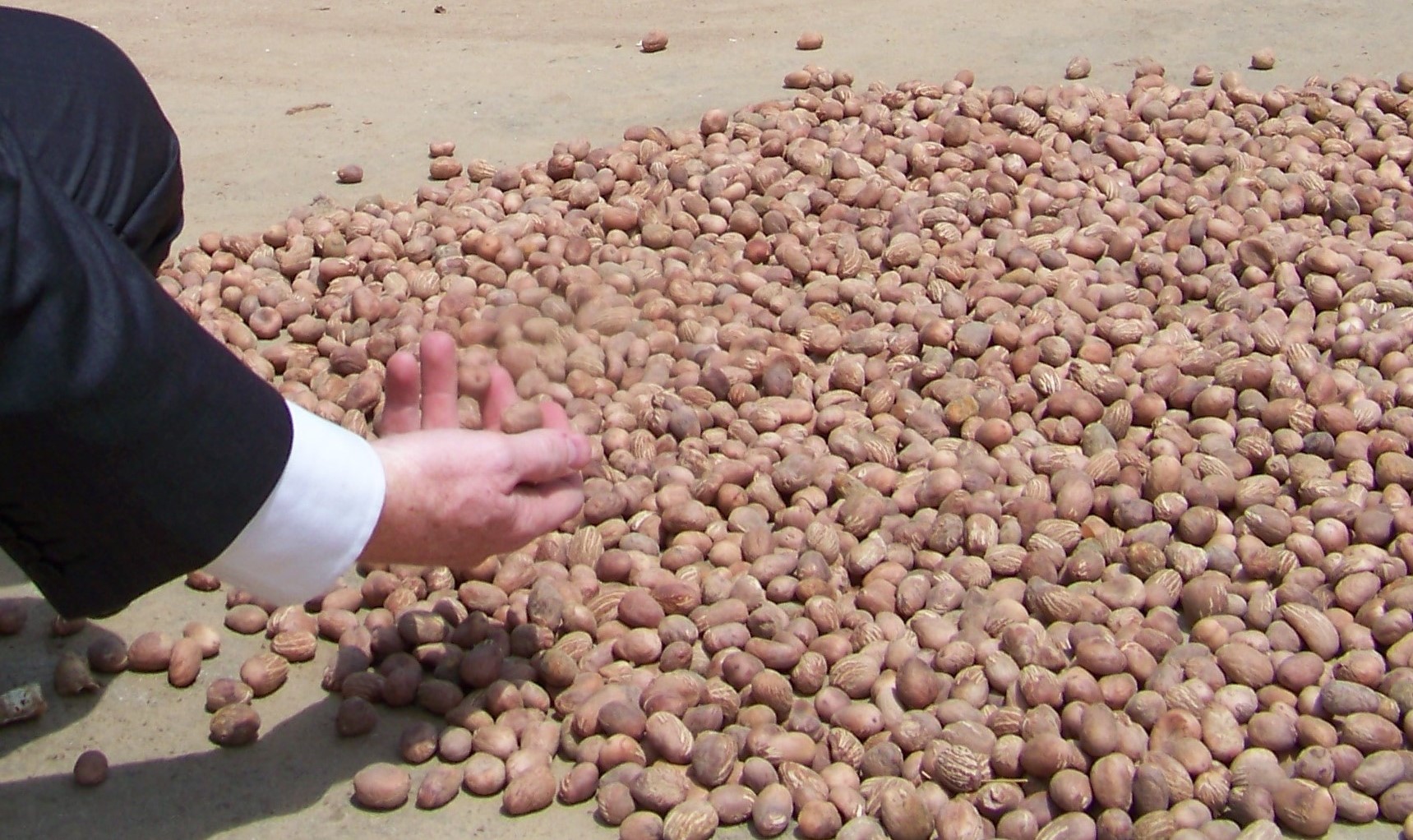
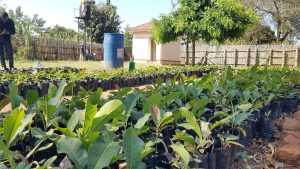

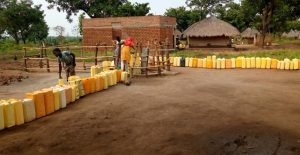
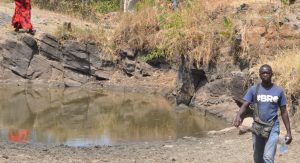
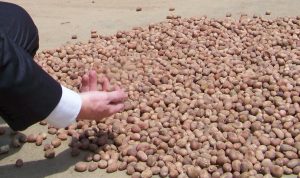
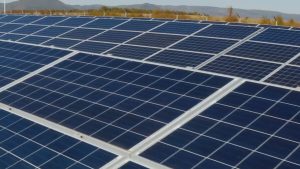

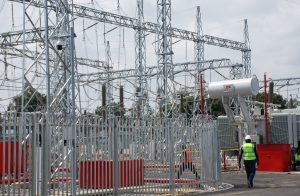
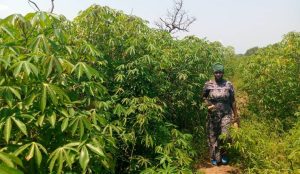
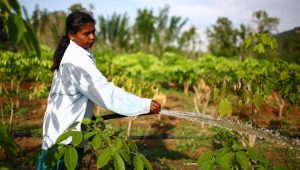
Post Comment